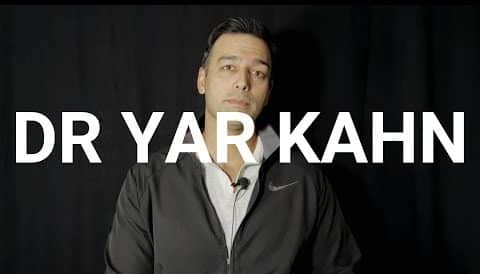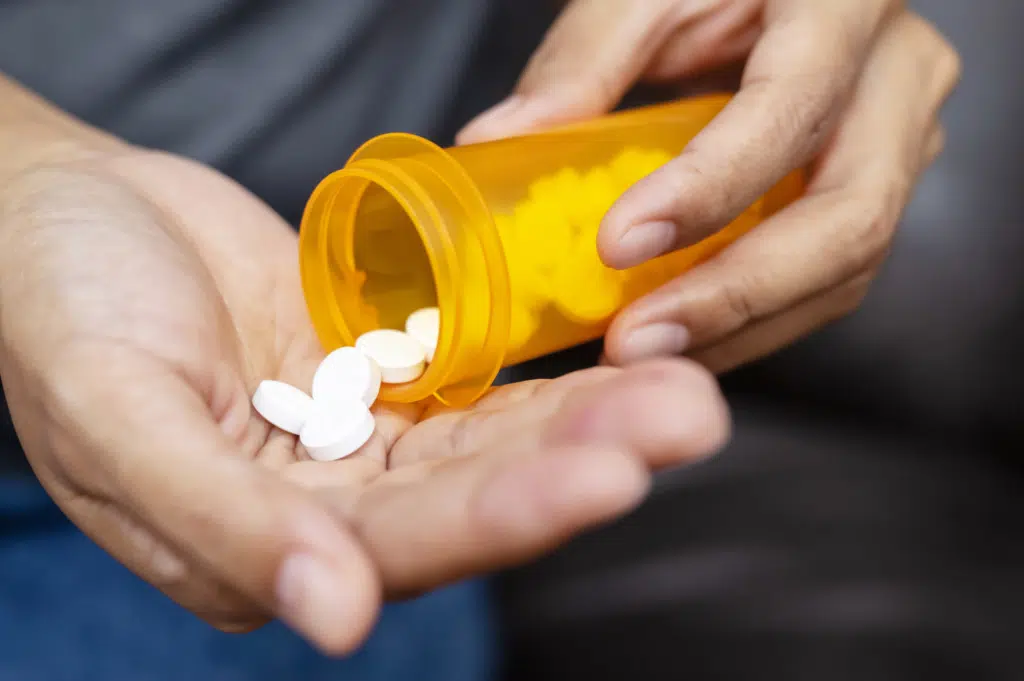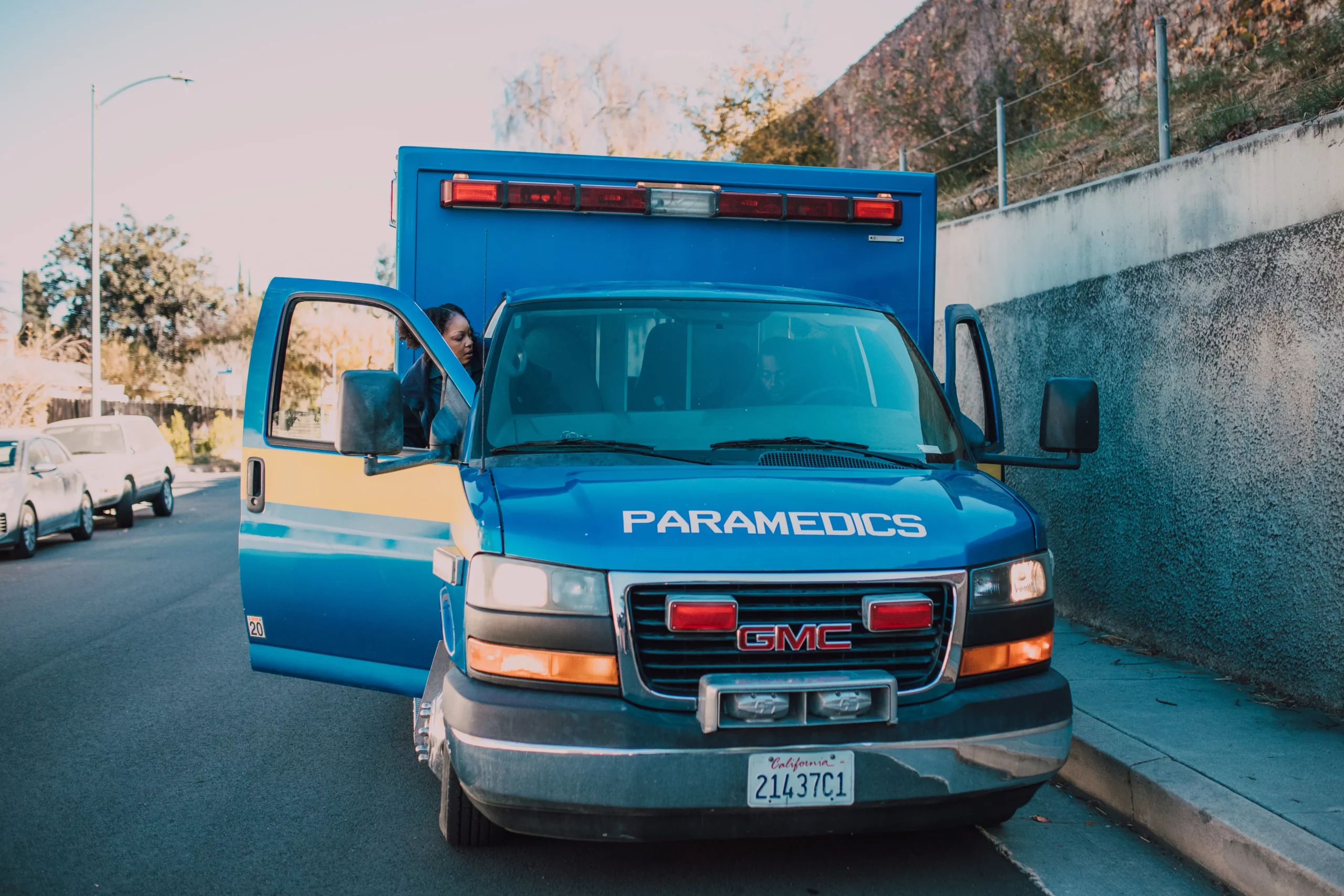Cornerstone
OPIOIDs
Overview
Information about Opioids, identifying signs of addiction, and recovery.
Understanding Opioids as a Drug
Opioids are a class of drugs that include prescription painkillers, such as oxycodone, hydrocodone, and fentanyl, as well as the illegal drug heroin. These substances work by interacting with opioid receptors in the brain and nervous system to reduce pain and produce feelings of euphoria. Opioids have a long history dating back to ancient times when opium was used for medicinal and recreational purposes. In the 19th century, morphine and heroin were developed as pain medications, but their addictive properties quickly became apparent.
Today, opioids are widely prescribed for the treatment of moderate to severe pain, but their misuse and abuse have led to a devastating epidemic of addiction and overdose deaths. The opioid crisis has had far-reaching consequences for individuals, families, and communities, placing a significant burden on healthcare systems, law enforcement agencies, and social services. Opioid addiction is characterized by compulsive drug-seeking behavior, tolerance, and withdrawal symptoms, and it can have profound negative impacts on an individual’s physical and mental health, relationships, and overall quality of life.
Jump to the following sections
View our Arizona treatment locations
Opioids have a long and complex history, with the use of opium dating back to ancient civilizations. The Sumerians in Mesopotamia were among the first to cultivate the opium poppy around 3400 B.C.E., referring to it as the “joy plant.” Opium use spread throughout the ancient world, and references to its medicinal and recreational use are found in Greek, Roman, and Arab medical texts. In the early 19th century, morphine was isolated from opium by the German pharmacist Friedrich Sertürner, marking a significant milestone in the development of opioid pharmaceuticals. Later in the 19th century, heroin was synthesized from morphine and initially marketed as a non-addictive pain remedy before its highly addictive nature was recognized. The 20th century saw the development of numerous synthetic opioids, such as methadone, fentanyl, and oxycodone, which were introduced as pain medications with varying potencies and pharmacological properties.1
Opioids come in various forms, depending on the specific drug and its intended use. Prescription opioids are typically found as tablets, capsules, or liquid solutions, with their appearance varying based on the manufacturer and dosage. Fentanyl, a highly potent synthetic opioid, is available as transdermal patches, lozenges, and injectable solutions 2. Heroin, an illegal opioid, is often found as a white or brownish powder or as a black, sticky substance known as “black tar” heroin 3. When sold on the streets, heroin may be cut with other substances, such as sugar, starch, or powdered milk, which can alter its appearance and color. It is important to note that the appearance of opioids can vary widely and may not always be a reliable indicator of the drug’s identity or purity, as illicit opioids may be disguised as legitimate prescription medications 4.
Opioids, in their pure form, have varying odors depending on the specific drug. Heroin, for example, is often described as having a slightly sweet, tart, or vinegar-like scent. The odor of heroin can vary based on the manufacturing process and the presence of additives or impurities. When heroin is heated, such as during smoking or injection preparation, the smell becomes more noticeable. Prescription opioids, such as oxycodone and hydrocodone, typically have no distinct odor in their tablet or capsule form. However, when these medications are crushed or dissolved, they may emit a slightly bitter or medicinal smell. It is important to note that the presence of an odor does not necessarily indicate the presence of an opioid, as other substances may have similar scents. Additionally, the absence of an odor does not guarantee the purity or safety of a substance, as opioids can be mixed with various adulterants that may not have a noticeable smell.
Opioids can be ingested in several ways, depending on the specific drug and its formulation. Prescription opioids are typically taken orally as tablets, capsules, or liquid solutions. These medications are designed to be swallowed whole, but some individuals may crush, chew, or dissolve them to achieve a faster or more intense high, which can be dangerous and lead to overdose. Heroin can be injected intravenously, snorted, smoked, or heated and inhaled. Injection is the most common method of heroin use, as it provides the fastest and most intense effects. However, this method also carries the highest risk of overdose and transmission of infectious diseases, such as HIV and hepatitis C, through shared needles. Fentanyl and its analogs can be ingested through various routes, including injection, snorting, smoking, or absorption through the skin or mucous membranes.
The tools used to ingest opioids vary based on the method of administration. For injection, individuals may use syringes, needles, cookers (spoons or bottle caps used to dissolve the drug), cotton balls or cigarette filters (used to filter the solution), and tourniquets (used to make veins more prominent). Snorting opioids may involve the use of straws, rolled-up bills, or tiny tubes to inhale the powdered drug. Smoking heroin or fentanyl may require aluminum foil, glass pipes, or other heat-resistant materials to vaporize the drug. Prescription opioids that are crushed or dissolved may be ingested using various makeshift tools, such as razor blades, mortar, and pestles, or credit cards, to break down the tablets or capsules. It is essential to recognize that sharing any drug paraphernalia can increase the risk of transmitting infectious diseases.
Identifying opioids can be challenging, as their appearance, form, and packaging can vary widely.
Prescription opioids are typically identified by their unique markings, colors, and shapes, which are specific to each manufacturer and dosage. For example, oxycodone tablets may have imprints such as “OP” or “OC” along with a number indicating the dosage, while hydrocodone tablets may have imprints like “M367” or “M523”.
Fentanyl transdermal patches are typically marked with the brand name, dosage, and a warning about their potency. Illicit opioids, such as heroin, may not have any identifying marks and can be easily mistaken for other substances. Heroin can appear as a white or brownish powder or as a black, sticky substance. It is often cut with adulterants, which can alter its appearance and make identification more difficult.
Fentanyl and its analogs may be disguised as other opioids or pressed into counterfeit pills, making them nearly impossible to identify without laboratory testing.
The Opioid Epidemic
The opioid epidemic refers to the rapid increase in the use of prescription and illicit opioids, leading to a surge in overdose deaths and addiction. This public health crisis has affected millions of people in the United States and worldwide, with devastating consequences for individuals, families, and communities. The epidemic has been fueled by factors such as the overprescription of opioid painkillers, the availability of cheap and potent illicit opioids like heroin and fentanyl, and a lack of access to effective addiction treatment.
Opioid Overdose
Opioid overdose occurs when an individual takes a higher dose of opioids than their body can handle, leading to life-threatening respiratory depression. Overdose can happen with both prescription and illicit opioids, and the risk increases when opioids are combined with other substances like alcohol or benzodiazepines. Symptoms of opioid overdose include pinpoint pupils, shallow breathing, loss of consciousness, and blue lips or fingernails. Naloxone, an opioid antagonist, can quickly reverse the effects of an overdose and save lives when administered promptly.
Opioid Addiction Treatment
Effective treatment for opioid addiction typically involves a combination of Medication-Assisted Treatment (MAT), behavioral therapies, and support services. MAT consists of the use of medications like Methadone, Buprenorphine, or Naltrexone to reduce cravings and withdrawal symptoms while promoting long-term recovery. Behavioral therapies, such as Cognitive-Behavioral Therapy and contingency management, help individuals modify their drug use patterns, develop coping skills, and address co-occurring mental health issues. Peer support groups and recovery coaching can also play a crucial role in maintaining long-term sobriety.
Prescription Opioid Misuse
Prescription opioid misuse refers to the use of opioid medications in a manner not prescribed by a healthcare provider, such as taking higher doses, using someone else’s prescription, or using opioids for non-medical purposes. This misuse can lead to addiction, overdose, and other adverse health consequences. Factors contributing to prescription opioid misuse include easy accessibility, lack of education about the risks, and the belief that prescription drugs are safer than illicit substances.
Fentanyl and Synthetic Opioids
Fentanyl and other synthetic opioids have emerged as a significant threat in the opioid epidemic. These drugs are much more potent than heroin and prescription opioids and even small amounts can lead to overdose and death. Illicitly manufactured fentanyl is often mixed with heroin or pressed into counterfeit pills, making it difficult for users to know the strength and composition of the drugs they are consuming. The rise of fentanyl has contributed to a significant increase in overdose deaths in recent years.
Neonatal Abstinence Syndrome (NAS)
Neonatal Abstinence Syndrome (NAS) is a condition that occurs when a newborn experiences withdrawal symptoms due to exposure to opioids in the womb. Pregnant women who use opioids, whether prescribed or illicit, can pass these substances to their unborn child, leading to NAS. Symptoms of NAS may include excessive crying, irritability, poor feeding, sleep disturbances, and seizures. Treatment for NAS involves providing supportive care, managing symptoms, and sometimes using medications like morphine or methadone to help the newborn safely withdraw from opioids.
Recovering From Opioid Addiction
Overcoming opioid addiction is a challenging but achievable goal with the proper support, treatment, and mindset. Recovery from opioid addiction is a lifelong journey that often involves a combination of Medication-Assisted Treatment (MAT), behavioral therapies, and support from family, friends, and peer groups. MAT, which includes medications like Methadone, Buprenorphine, or Naltrexone, can help manage withdrawal symptoms, reduce cravings, and promote long-term recovery. Behavioral therapies, such as Cognitive-Behavioral Therapy and contingency management, help individuals develop coping skills, address underlying mental health issues, and modify their drug use patterns. Engaging with support groups, such as Narcotics Anonymous or SMART Recovery, can provide a sense of community and accountability throughout the recovery process. While relapse is a common part of the recovery journey, it is essential to remember that it does not signify failure, and with perseverance and a strong support system, individuals can overcome opioid addiction and build a fulfilling life in recovery.
Opioid addiction typically starts with the use of prescription painkillers, often following surgery or injury.
As individuals experience the pain-relieving effects, they may begin to misuse the medication, taking higher doses or using it more frequently to maintain the desired effect.
Over time, tolerance develops, requiring larger amounts to achieve the same relief. This leads to physical dependence, where the body experiences withdrawal symptoms without the drug.
Eventually, addiction sets in, marked by uncontrollable cravings, compulsive use, and continued use despite significant negative impacts on health, relationships, and daily life.
What are Opioids?
Opioids are a class of drugs that include both prescription medications and illicit substances, used primarily for pain relief.
They work by binding to opioid receptors in the brain, reducing the perception of pain and producing feelings of euphoria.
Common prescription opioids include oxycodone (brand names OxyContin, Percocet), hydrocodone (Vicodin, Norco), morphine, and fentanyl. Illicit opioids like heroin are also widely abused.
While effective for pain management, opioids carry a high risk of dependence and addiction, leading to significant health and social issues.
What are the Signs of Opioid Addiction?
Opioid addiction can manifest through various physical, behavioral, and psychological symptoms.
Recognizing these signs early can help in seeking timely intervention and treatment.
Here are some common indicators of opioid addiction:
- Increased tolerance: Needing higher doses to achieve the same effect.
- Cravings: Intense desire or urge to use opioids.
- Neglecting responsibilities: Ignoring work, school, or family obligations.
- Financial problems: Spending excessive money on opioids leads to financial instability.
- Changes in social behavior: Isolating from friends and family or associating with a new group involved with drug use.
- Risky behaviors: Engaging in dangerous activities to obtain or use opioids.
- Physical symptoms: Drowsiness, constricted pupils, weight loss, and frequent flu-like symptoms.
- Psychological symptoms: Anxiety, depression, mood swings, and irritability.
- Withdrawal symptoms: Nausea, sweating, shaking, and agitation when not using opioids.
- Failed attempts to quit: Inability to stop using opioids despite wanting to quit.
How Can Opioid Overdose be Reversed?
Opioid overdose is treated primarily with naloxone, a medication that rapidly reverses the effects of opioids by binding to opioid receptors and blocking their action.
Naloxone can be administered via injection or nasal spray.
It is often carried by emergency responders and available to the public in many areas.
Immediate medical attention is crucial, as naloxone’s effects are temporary, and multiple doses may be needed.
Supportive care, including ensuring the person can breathe and monitoring their vital signs, is also essential until professional medical help arrives.
Prompt treatment can save lives and prevent long-term damage from an opioid overdose.
What are the Treatment Options for Opioid Addiction?
Effective treatment for opioid addiction involves a combination of medical, behavioral, and support interventions tailored to the individual’s needs.
Here are some standard treatment options:
- Medication-Assisted Treatment (MAT):
- Methadone: Reduces withdrawal symptoms and cravings by acting on the same opioid receptors as other opioids but without producing the same high.
- Buprenorphine (Suboxone, Subutex): Partially activates opioid receptors, reducing withdrawal symptoms and cravings.
- Naltrexone (Vivitrol): Blocks the effects of opioids and reduces cravings.
- Behavioral Therapies:
- Cognitive-Behavioral Therapy (CBT): Helps individuals identify and change negative thought patterns and behaviors related to drug use.
- Contingency Management: Provides rewards for positive behaviors such as staying drug-free.
- Motivational Interviewing: Helps individuals find the motivation to change their behavior and commit to treatment.
- Support Services:
- Peer Support Groups: Groups like Narcotics Anonymous (NA) offer community support and shared experiences.
- Recovery Coaching: Provides one-on-one support and guidance from someone with lived experience of addiction and recovery.
- Family Therapy: Involves family members in recovery to improve communication and support.
- Inpatient and Outpatient Programs:
- Inpatient Rehabilitation: Provides intensive, structured care in a residential setting.
- Outpatient Programs: Allows individuals to receive treatment while living at home, with varying levels of intensity and support.
- Holistic Approaches:
- Mindfulness and Meditation: Helps manage stress and cravings.
- Exercise and Nutrition: Supports overall physical and mental health.
Combining these treatment options can provide a comprehensive approach to overcoming opioid addiction and achieving long-term recovery.
How Can I Help Someone with Opioid Addiction?
Helping someone struggling with opioid addiction requires compassion, understanding, and support.
Start by educating yourself about the addiction and its effects to understand better what your loved one is experiencing.
Encourage them to seek professional help, such as contacting a healthcare provider or addiction specialist, and offer to assist them in finding appropriate treatment options.
Be patient and non-judgmental, providing a listening ear and emotional support throughout their recovery journey.
It’s also important to set boundaries and take care of your well-being, as supporting someone with an addiction can be challenging.
Connecting with support groups for families of individuals with addiction can provide additional guidance and resources.
If you or someone you love is struggling with opioid addiction, please reach out to us at Cornerstone Healing Center for a free and confidential assessment.
We offer opioid addiction treatment services for those in need, and a lot of times, your insurance will cover it!
Sources
CLINICALLY REVIEWED

Faz Yar Khan, MD FACP
Medical Director
Dr. Faz Yar Kahn, our Medical Director, is an American Board of Internal Medicine-certified physician. He graduated from the Medical University of the Americas and completed his residency at Mercy Hospital in Chicago. With expertise in primary care, hospitalist medicine, critical care, and addiction medicine, along with ACLS certification, Dr. Kahn leads our team in providing exceptional substance abuse treatment.
- Read our Editorial Policy

Get Started
Now
Call and speak with one of our caring team members about help for you or a loved one.
Get informed
Visit Cornerstone's
Recovery Knowledge Base
The Opioid Epidemic Continues: Overdose Rates Rise Despite Decline in
The Opioid Epidemic in the United States has resulted in over 750,000 deaths due to overdose from 1999 to 2020....
Read MoreNew Group of Synthetic Opioids Nitazenes Stronger Than Fentanyl and
A recent study has highlighted the emergence of Nitazenes, a potent class of synthetic opioids potentially more powerful than the...
Read MoreOpioid Addiction: How To Find Help and Signs Of Abuse
In this guide, we'll explore some of the different options for finding treatment for opioid addiction. We'll also talk about...
Read More























